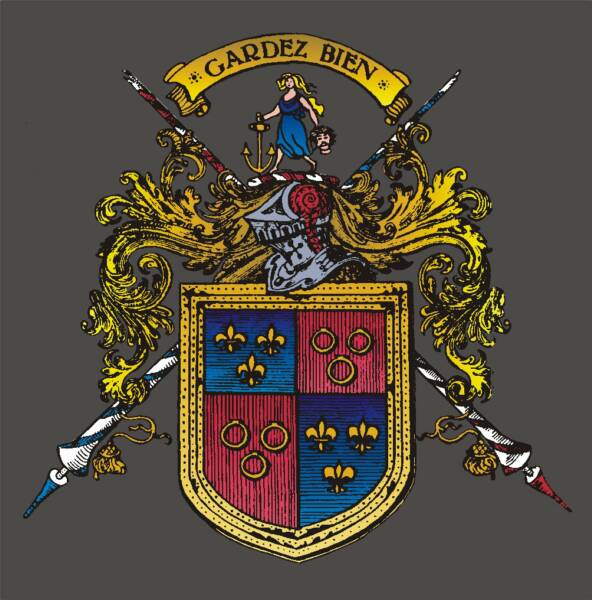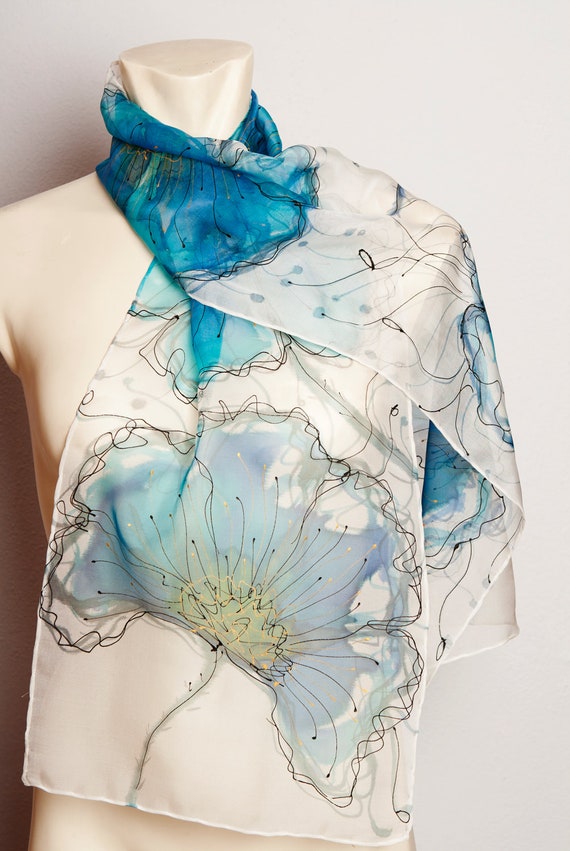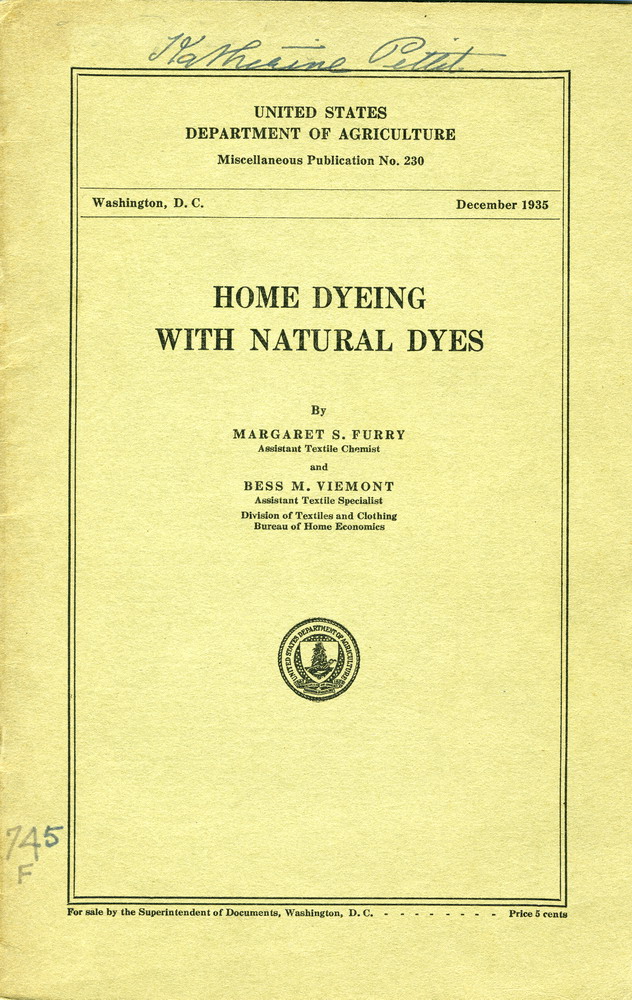1. What work have you made that seems most yours? Why?
The work that seems most mine is the work that is the work that is rooted within my own personal history. In the context of this class, the tartan is the most familiar to me and the most personal, and therefore feels the most mine. In fact, even compared to work I've done before and outside of this class, I would still provide the same answer. Interestingly, even though most of the work I've done this semester is portraits, the portraits don't necessarily give me that feeling of ownership or familiarity, because to me they're just as much about the woman in the portrait (often an ambiguous, fictitious character) as they are about me, if not more so.
2. Who are artists that are making work that relates to you? Are
there other influences? How are these other influences connected to your
work?
I have not identified any artists by name who are producing work that I really relate to, even after gathering weekly inspiration related to my work. I often just see art or design during the course of the day that I think are interesting, or I browse Pinterest and put together a collection of various artists, some without attribution. Other than what's on the blog already, there is no particular artist now that really influences what I create.
There are other influences though, including the authors of the two colour books I obtained this semester, which are mentioned earlier in the blog. They are Color: A Natural History of the Palette by Victoria Finlay, and The Secret Language of Color by Joann and Arielle Eckstut. Science and research has become, especially over the semester, very integral to my work. Actually just an hour or so ago I was watching a BBC series by Dominic Monaghan called Wild Things, in which he travels the world looking for interesting creatures. In this episode he traveled to the Amazon, and in one of the villages he visited, the children had their faces painted with paste made from the seeds of the Achiote fruit (from a plant that is also nicknamed the lipstick tree). This paste is a vibrant red-orange and is used as warpaint or as a deterrent to illness, and clearly has some superstition surrounding it. I find this fascinating, and I would love to get my hands on some of this material to produce a piece that tells its story and the story of the people who have adopted it into their culture.
3. "And while a hundred civilizations have prospered (sometimes for
centuries) without computers or windmills or even the wheel, none have
survived even a few generations without art" p. 104. Why do you think
this is so?
Now that I'm researching the history of colours, particularly, I'm finding that a lot of naturally occurring vibrant pigments had an element of ritual attached to them, at least originally, if not to this day. I don't know that they were necessarily originally for art so much as they were for the ceremonial, for the ritual, for superstition, or religion, but because of their significance in these facets of society, the same colours then became important in the art of these cultures. The art itself sometimes even has this same association. It is part of ritual, or it is meant to communicate ritual or cultural significance, or something that makes a particular culture distinct from another. Technology is a tool, a means to accomplish something beyond itself. Art seems to have originated from a desire to identify, to imply that something or someone is unique. I think it's integral to the meaning we give to life and to our own identities as groups of people and, even more today, as individuals.
4. "Art is something you do out in the world, or something you do
about the world, or even something you do for the world. The need to
make art may not stem solely from the need to express who you are, but
from a need to complete a relationship with something outside of
yourself." p. 108. Which of these ideas resonates most with you? Why?
If they all resonate, how do they differ?
Art seems to be all of these things. You do art in the world to distinguish yourself from the others making art. You do art about the world to express your relationship with your environment and with your audience. You do art for the world to communicate a combination of these ideas. While I believe that part of the purpose of art is to distinguish identity, I think art that expresses who you are is irrelevant if it does not address some kind of relationship to something outside of yourself, whether it's the viewer, the world at large, or your environment; this is partially because who you are is a combination of these things.
5. What do you notice about yourself? What are your methods? Subject
matter? The answers do not have to be limited to art related topics.
I think I had been trying to get away from things that looked natural, especially toward the end of last semester when I adopted an aesthetic in graphic design that is characterised by large areas of white space, plenty of cool colours, the use of geometric shapes, and a very clean, angular, futuristic and sleek feel. Through my art this semester though, I wouldn't say I've gone in the opposite direction, because my work retains some of these qualities, but I have definitely embraced a more natural feel. This is particularly evident through my use of unbleached muslin and plant dyes, but also through the stories I've chosen to tell, and even in the way I branded myself, which was partially relevant to this class. So I'm definitely drawn to the elegance of natural materials (right now I'm obsessed with bamboo). My methods have gone from finding inspiration in the world and expressing it through the materials to just letting the materials determine the outcome. I developed almost a ritualistic process for creating the dye paintings, which involved repetitive actions and repetitive shapes, typically starting each piece in the same way and not even really being very consciously aware of the compositional choices I was making at the time. I have learned fairly well how to control the medium, but it has also taught me to embrace the accidents that quite frequently happen in working this way.
6. What do you care about? The answers do not have to be limited to art related topics.
I care about history and about science, and about using my artistic practise as both a tool and as a method of expression that furthers and communicates my understanding of the world. Origins are something I pinpointed a while ago as the one thing that I'm most interested in, and it's proving more and more true. It means becoming conscious of objects and phenomena and materials I come across with in my everyday life (or not) and having the curiosity and the initiative to research what makes them the way they are. The fantastic thing is, even when you know, for example, that the green dye made from parsley is the result of the extraction of chlorophyll from the plant, and that the purpose of chlorophyll is to photosynthesise sustenance for the plant, and that the reason it's green is so that it absorbs several other colours of light, you still don't know WHY. There is always a mystery, even at the bottom of things. I love digging as far down as I can go and still being astounded that these mechanisms exist in our world. I've become particularly interested in colour, I think, because not only does it provide extremely relevant scientific ground in the field of art, the science of colour explains so many things in our world. As one of the first pages in The Secret Language of Color states, to be an expert in colour, you would have to be an astrophysicist and a biologist and a geologist and an anthropologist and a psychologist and a historian and an artist and a botanist... and even then you wouldn't be an expert. It's such a broad and endless topic, and I find it truly fascinating.



















































